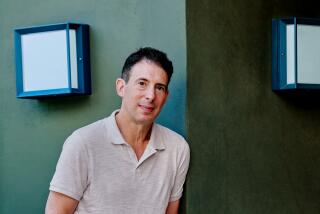
- Share via
Pretty much everything you want to know about 2020 can be summed up by the fact that for this year-end review, my editor asked me to write a piece about daily life — the way we live now.
For the record, being asked to write anything about “the way we live now” is never a good sign.
In 1874, Anthony Trollope wrote a novel called “The Way We Live Now,” a literary primal scream of outrage against a corrupt, money-obsessed society in which cheaters often prosper, especially in government. More than a hundred years later, Susan Sontag borrowed the title for a story chronicling the beginnings of the AIDS epidemic.
I’m not saying you could read both of those and get a pretty good sense of 2020 (though you absolutely could); I’m just offering, you know, a little context.
The Year in Review
Obviously, this year has been defined by COVID-19, a highly contagious disease that has killed more than 300,000 Americans since March and forced most states to close — at least for a time — just about every venue that normally brings large numbers of people into a common air space: schools, churches, businesses and even national parks and beaches.
For a minute or two in March, it felt like this would be a collective experience — we would all do our bit to help the cause, kind of like London during the Blitz. But that was a short-lived fantasy. A virus is a less tangible, if more deadly, foe than the German bombing campaign, and we had Trump instead of Churchill, and Twitter instead of those groovy “Keep Calm and Carry On” posters.
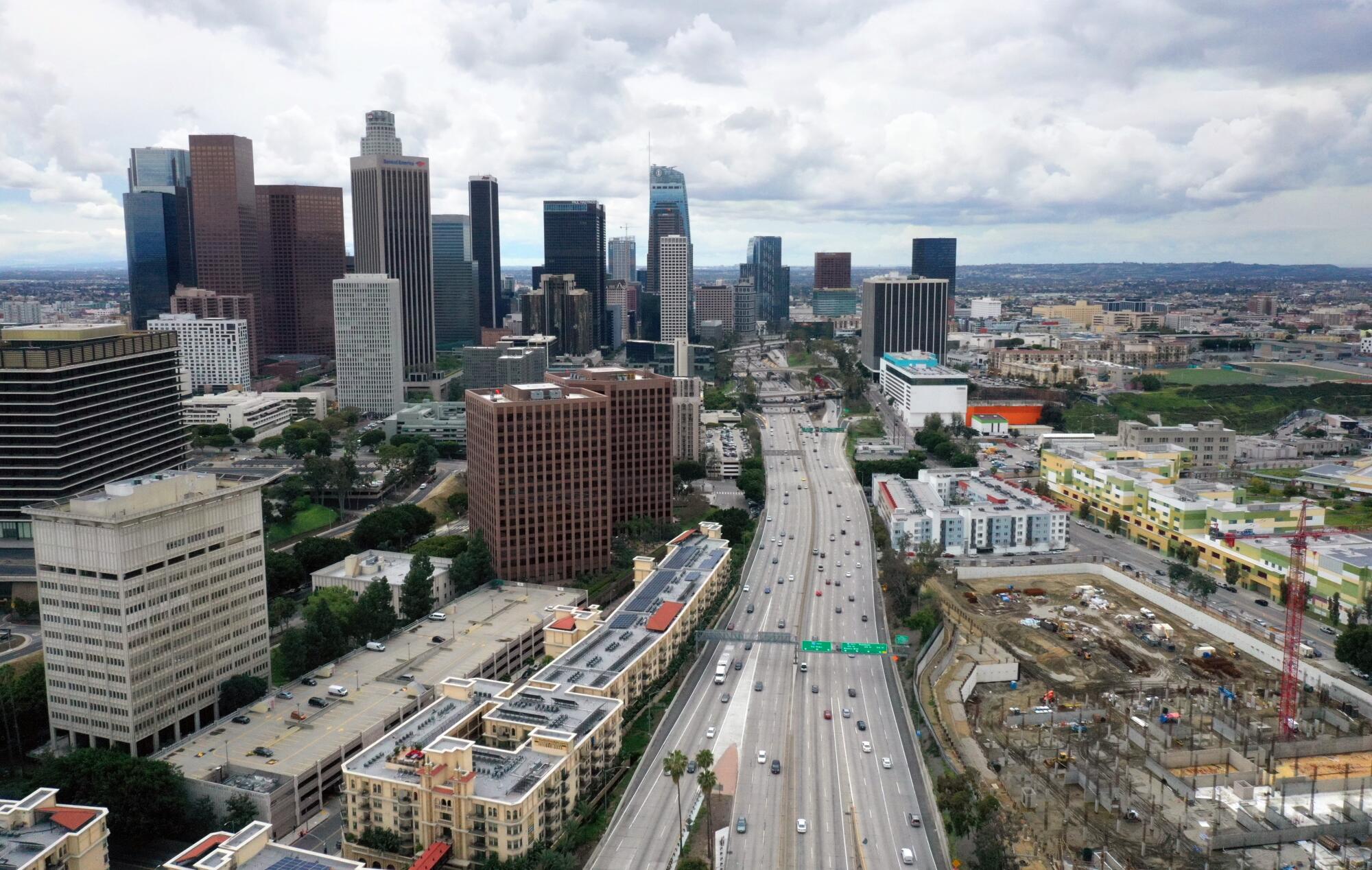
In the early days, we crept out to the stores in our ridiculous homemade masks (remember those? made of T-shirts?!?) to buy absurdly large quantities of toilet paper, or to be outraged by those who already had.
We told ourselves, and our kids, that it would be over by summer, but as weeks passed into months, it became very clear that the pandemic had its own timeline and everyone’s relationship to it was wildly, tragically and hysterically different.
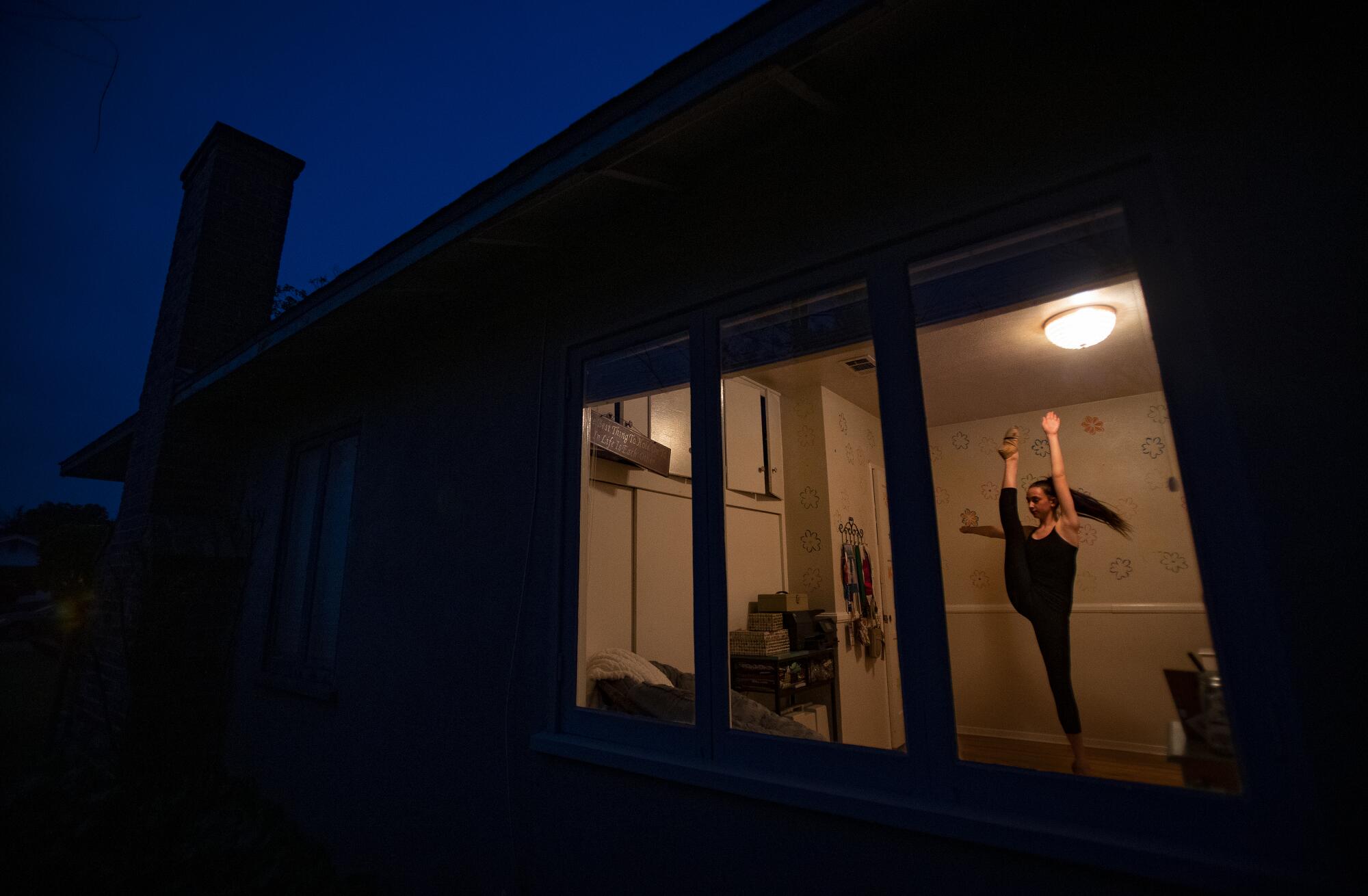
Some of us set up home offices, surfed social media or baked banana bread. We thought about finally finishing that play, learning how to speak French or working on our abs. Or perhaps we soothed ourselves with the notion that it was great to have all the kids home again, to have time to catch up on all that television we’ve missed.
Others of us continued to work outside the home in an increasingly frightening world, masked but still doing what we have always done — delivering the mail; packaging the meat; ringing up groceries; reporting the news; tending to the elderly, the sick, the dying.
Millions of us fell ill and hundreds of thousands of people died, breaking so many hearts and shattering so many families. Many of us lost our jobs or businesses and struggled with the emotional and mental challenges of a world suddenly bereft of daily communion with others.
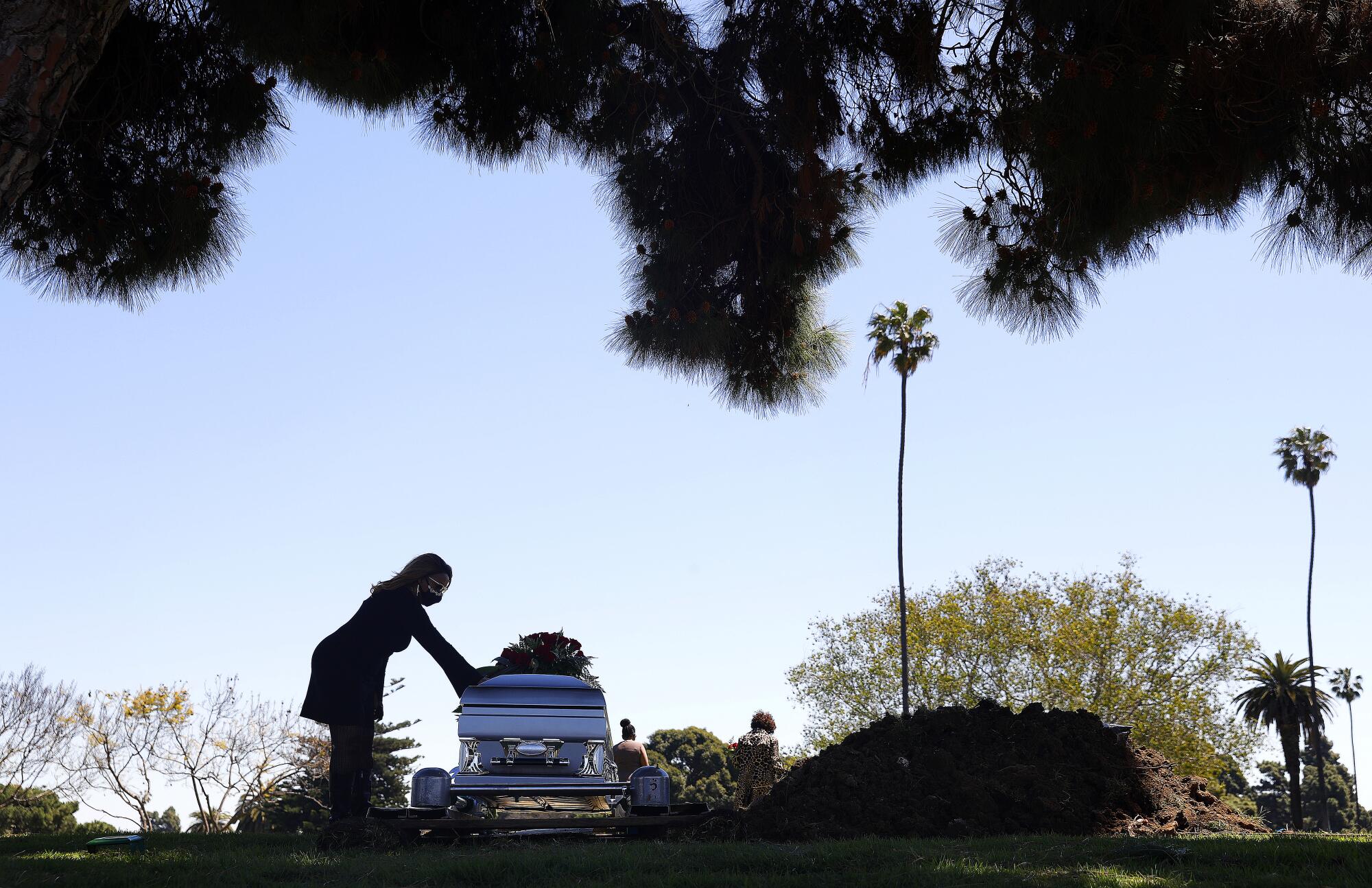
The divisions of gender, race, class and politics were shockingly obvious. Closed schools and childcare centers forced hundreds of thousands of women out of the workplace. Black and Latino Americans had death rates far higher than whites. The rich and the powerful received tests and treatments that those without health insurance could not even hope for.
I have been asked to write a column about daily life in 2020, and it is simply not possible. Everyone’s daily life has always been different; the pandemic has made those differences almost unspeakably clear.
Are you in the home improvement, baked goods group, plagued mostly by imperfect Wi-Fi, a string of canceled vacations and the irritation of too many people living under one roof, none of whom ever think to sweep the floor? Or are you out there on the front lines, watching people around you sicken and die because health restrictions were ignored by your employer or members of the public?
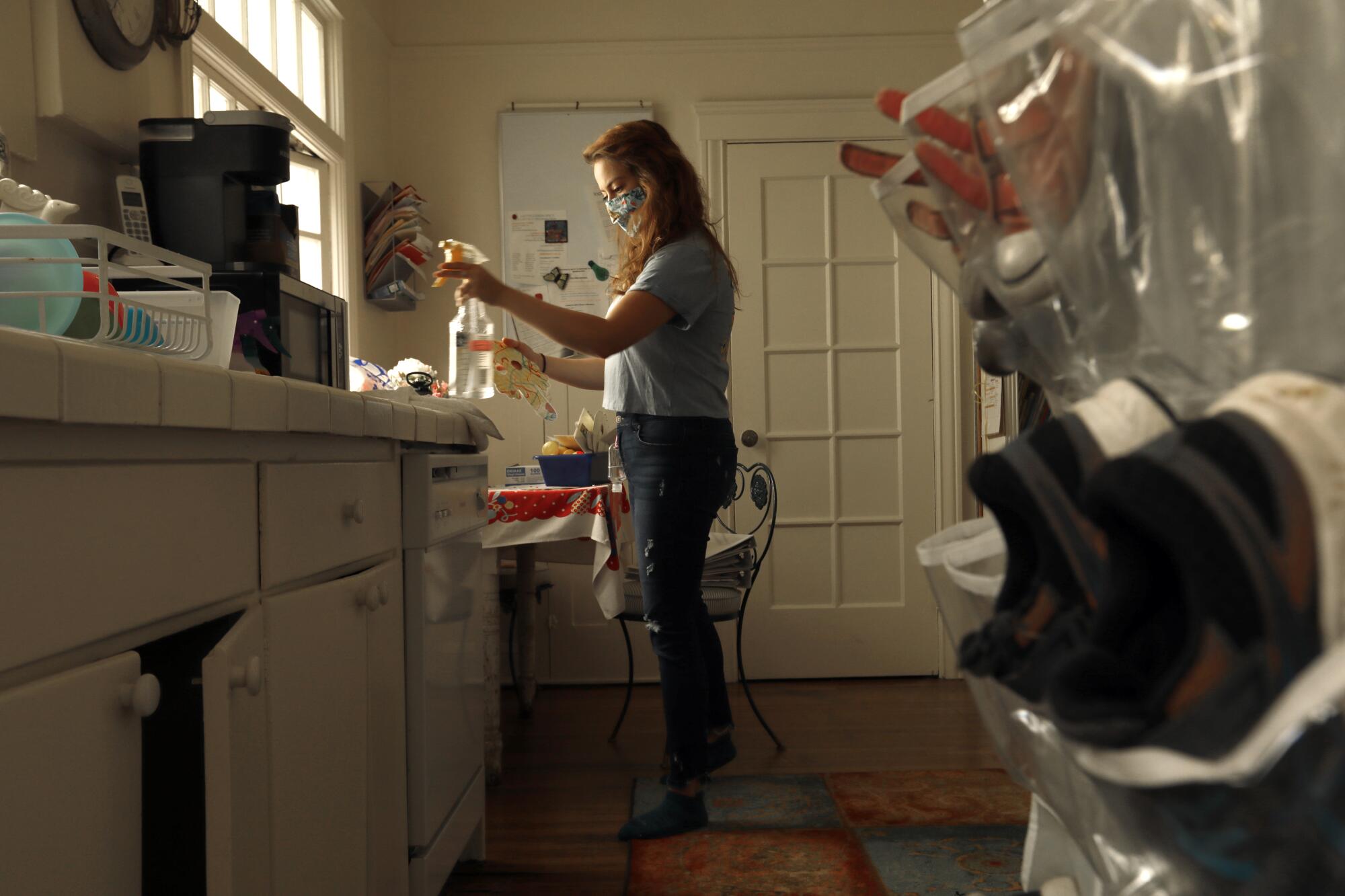
Do you still spray all your groceries with Lysol, give yourself the Karen Silkwood treatment when you get home from Ralphs, restrict human interactions outside your pod to Zoom calls and drive-by birthdays? Or do you go to hotels, to the mall and the movies (where they are open), trusting to the safety of your mask, copious amounts of hand sanitizer and the lines spaced by tape on the sidewalk?
Did you lose someone to the coronavirus or become sick yourself? Did you take your aged parent out of the nursing home for safety’s sake, committing yourself to a life of multigenerational multitasking? Or have you, thus far, managed to remain several degrees removed from the fevers, the aches, the inability to breathe?
Do you believe in the existence of COVID-19, or do you think it’s all been overblown, will not affect you, so why not party like it’s 2019? Are you infuriated by those who are acting differently than you are? Perpetually anxious that their beliefs will endanger your life, either through a prolonged pandemic or the collapse of the economy?
In the story of this virus, the only character with a clear and consistent through line has been the virus itself. It knows what it has to do to survive; it is not distracted by holidays or politics.
The rest of us, well, for better and worse, we’re just making it up as we go along.
More to Read
The biggest entertainment stories
Get our big stories about Hollywood, film, television, music, arts, culture and more right in your inbox as soon as they publish.
You may occasionally receive promotional content from the Los Angeles Times.


